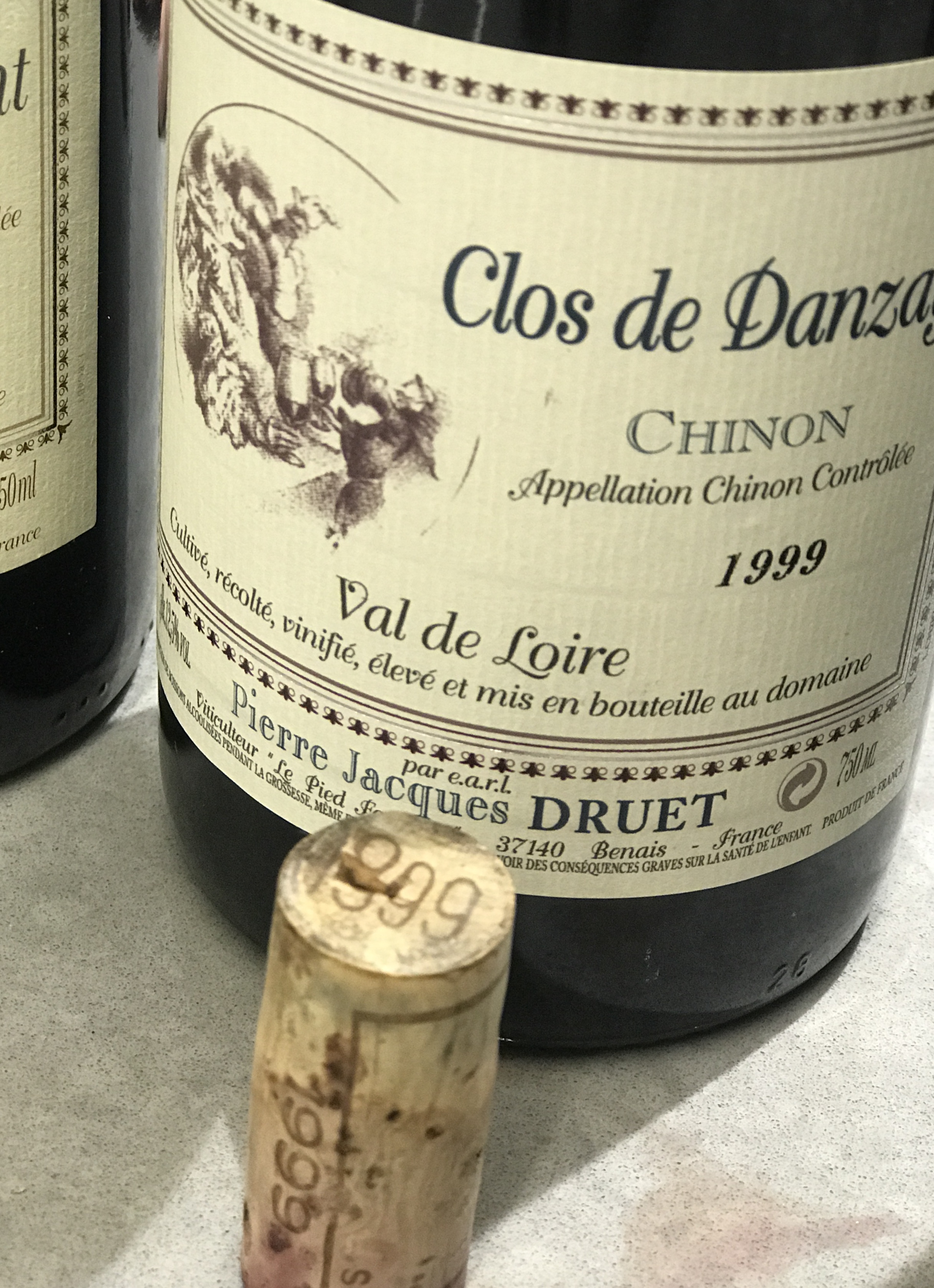Your Guide to the Loire Valley
The Loire Valley often doesn’t get much attention, especially when standing next to other French behemoths like Bordeaux, Burgundy and the Rhone. Perhaps it is the dizzying array of wines and styles that come from this large region? Or the lean, angular style and unpredictable vintages due to its cool, northern climate? Whatever it is, I know that these wines have eluded me as well. Besides Sancerre and Pouilly-Fumé, I haven’t really given much thought to this area. That is until this week, when our Loire Buyer, Keith Mabry, held a tasting to get us ready for this weekend. Pouring the full range of wines, he took us on a journey up and down the river, sharing the flavors and stories that make this place so unique. Whether you’re planning on attending the tasting this Saturday, or maybe you just want to learn more about the area, below are a few essentials to get you started.
Often referred to as the “Garden of France,” the Loire Valley is an idyllic landscape of pastoral fields, rolling hills and fairytale-like castles. It begins just east of Burgundy and follows the lazy path of the Loire River over 600 miles to its mouth at the Atlantic Ocean. Needless to say, from one end of the region to other, it is extremely diverse with approximately sixty appellations and a multitude of varietals. To remember all of this would be an undertaking (and maybe one worth trying at some point), but to get a general sense of the region, you can break it down into a few well-known wines within three general regions: the western Loire (Muscadet), the middle Loire (Anjou and Touraine) and the eastern Loire (Sancerre and Pouilly-Fumé).
Western Loire:
Bordering the Atlantic Ocean, this region produces wines that directly reflect the chilly, marine-influenced climate. The primary wine you’ll find from this region is Muscadet, made almost exclusively from melon de Bourgogne, which has a mild pear, white peach and citrus character. Igneous and gneiss soils from ancient volcanic activity impart the wine with a distinct minerality and stony character, and the nearby coast maintains fine acids and adds distinctive saline notes. As you might imagine, these are perfect wines for seafood!
Middle Loire:
Here the climate gradually becomes warmer (relative for Loire) and the diversity of wines explodes, including Rosés, white wines, red wines, sparkling wines and dessert wines. There are two main regions, Anjou and Touraine, whose most prominent varietals are Chenin Blanc and Cabernet Franc.
From Anjou, Keith poured several Rosés. Although these can be made from a variety of red grapes, the ones we tried were mostly from Cabernet Franc, which have a very definitive style with lots of spice, pepper and herbal influences. These are not your fruity California Rosés. They are excellent for year-round enjoyment and perfect for food pairing. From this region, we also tried a wine from Coteaux du Layon, which makes beautiful, beguiling (in this case, noble-rot) dessert wines from Chenin Blanc.
Just east of Anjou sits Touraine, where the valley has been gently carved out by the river, pushing layers of schist and alluvial soils on top of the tuffeau (a soft, chalky limestone). Over the centuries, the tuffeau has been quarried for building grand chateaus, and from these excavation sites, great caves formed. Later, vintners made these caves into deep, cool cellars. Several notable wines that come from this region are Vouvray, Bourgueil, St. Nicolas de Bourgueil, Chinon.
Of the four, Vouvray is solely white wine, and it is grown exclusively from Chenin Blanc. There are many styles of Vouvray, which can range from sec (dry), demi-sec (med dry) to moelleux (very sweet). This time, we only tried the dry wines (sec). Each one was a stunning reflection of the unique soils and cool climate, which produces a lovely balance of richness and tension.
A vast array of red wine comes from this region as well, but the most notable are Bourgueil, St. Nicolas de Bourgueil and Chinon. These wines are made primarily from Cabernet Franc and vary in style from the soft, more-open Chinons to the beefy, long-living Bourgueils. What they share in common is a cool-climate sensibility with bright fruit and a spicy, earthy, Cabernet Franc character. We were able to taste several vintages of each of these wines, dating as far back as 20 to 30 years, which showed just how well these wines can age.
Eastern Loire:
Lastly, as the river turns southward, is Sancerre and Pouilly-Fumé. The most well-known of the Loire, these two wines are perhaps the finest examples of Sauvignon Blanc in the world. A combination of white chalk and limestone soils produce intense, richly-textured wines with bracing acidity and smoky, gunflint character. Although mainly associated with Sauvignon Blanc, this area is not exclusive to the varietal and several red grapes (especially Pinot Noir) grow nicely here as well.
The Loire may not be as famous as Bordeaux or Burgundy or Rhone, but the wines are equally impressive for their sense of terroir and varietal expression. The vibrant acidity and unique minerality of these wines are perfect with food and they will last quite a few years in the bottle. We can’t all have Keith to take us on the journey, but I recommend picking up one bottle at a time and discovering this fantastic region.



